| |
|
|
|
|
|
|
 |
| |
|
|
|
|
|
|
|
|
| |
|
|
|
|
|
|
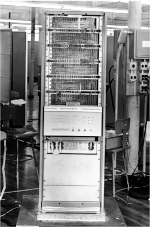 |
1962:
Gordon Bell begins design work on the
architecture for the PDP-5. |
| |
|
|
|
|
|
|
|
|
| |
|
|
|
|
|
|
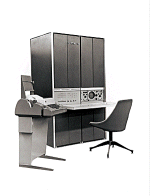 |
1963:
DIGITAL's first 12-bit machine, the PDP-5, is announced. |
| |
|
|
|
|
|
|
|
|
| |
|
|
|
|
|
|
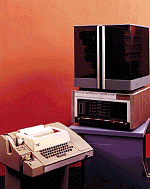 |
April
1965:
Introduction of the PDP-8, the world's first
mass-produced minicomputer. |
| |
|
|
|
|
|
|
|
|
| |
|
|
|
|
|
|
 |
1966:
The PDP-8/S is introduced as an economical
alternative to the "classic" PDP-8. |
| |
|
|
|
|
|
|
|
|
| |
|
|
|
|
|
|
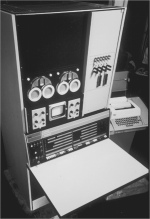 |
1966:
The LINC-8 is introduced. |
| |
|
|
|
|
|
|
|
|
| |
|
|
|
|
|
|
 |
August
1968:
The PDP-8/I is DIGITAL's third 12-bit computer
system and the first to be implemented with
integrated circuits. |
| |
|
|
|
|
|
|
|
|
|
|
| |
|
|
|
|
|
|
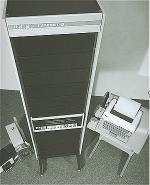 |
1968:
The TYPESET-8, the pioneer of the
"turnkey" computer system, is
introduced. |
| |
|
|
|
|
|
|
|
|
|
|
| |
|
|
|
|
|
|
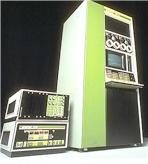 |
1969:
The PDP-12, successor to the LINC-8, is
introduced. |
| |
|
|
|
|
|
|
|
|
|
|
| |
|
|
|
|
|
|
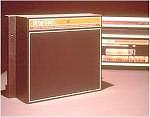 |
March
1969:
The PDP-14 is delivered. |
| |
|
|
|
|
|
|
|
|
|
|
| |
|
|
|
|
|
|
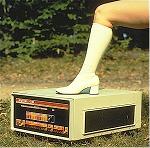 |
1970:
The PDP-8/E, successor to the PDP-8/I, is
introduced (shown here with contemporary
footwear). |
| |
|
|
|
|
|
|
|
|
|
|
| |
|
|
|
|
|
|
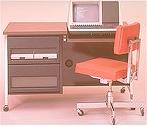 |
1976:
DIGITAL enters the word-processing market with
the WPS-8. |
| |
|
|
|
|
|
|
|
|
| |
|
|
|
|
|
|
 |
May 1982:
DIGITAL introduces a range of new personal
computers. |
